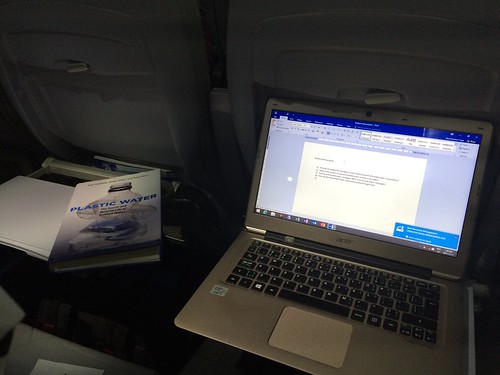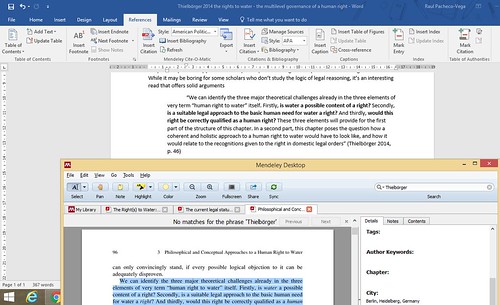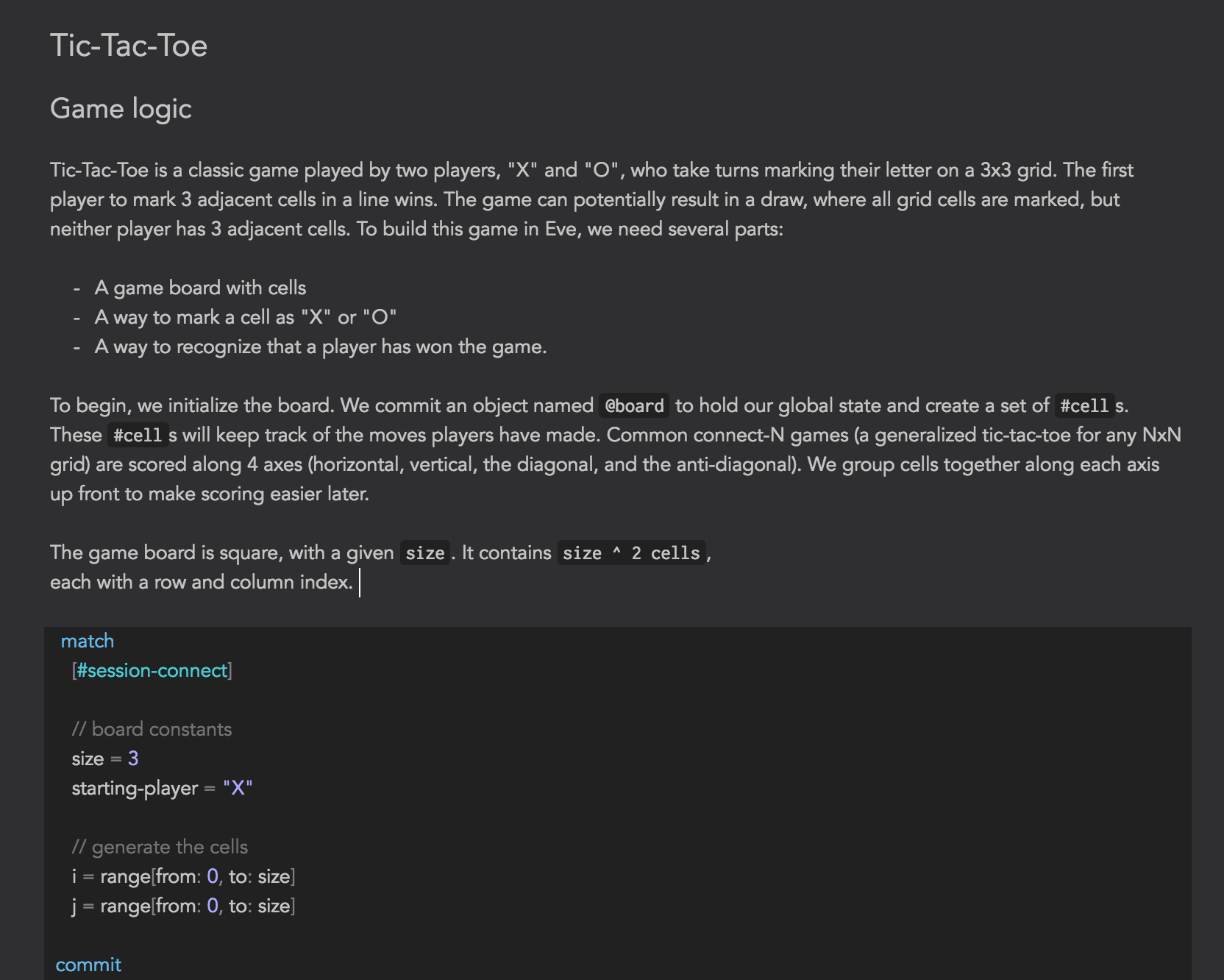What I'm announcing
Today I'm happy to announce the public unveiling of Which Film! I'll discuss how the site came about and what drives it, but I thought I would first explain what it does: it's a website to help you choose what movie you and your family/friends should watch together. What you do is you go to the site, enter in the Trakt.tv usernames of everyone who wants to watch a film together (so you need at least two people and kept data like your watchlist and ratings on Trakt), and then Which Film cross-references everyone's watchlists and ratings to create a list of movies that people may want to watch together.
The list of movies is ranked based on a simple point scale. If a movie is on someone's watchlist it gets 4 points, movies rated 10 ⭐ get 3 points, 9 ⭐ get 2 points, and 8 ⭐ get 1 point. Everyone who participates contributes points and the movies are sorted from highest score to lowest. The reason for the point values is the assumption that watching a movie most people have not seen is the best, followed by a movies people rate very highly. In the case of ties, the movie seen longest ago (if ever) by anyone in the group is ranked higher than movies seen more recently by someone. That way there's a bigger chance someone will be willing to watch a movie again when everyone else wants to see it for the first time.
None of this is very fancy or revolutionary, but it's useful any time you get together with a group of friends to watch a film and you end up having a hard time choosing to watch. It can help even between spouses as it will identify movies both people want to watch, removing that particular point of contention.
The story behind Which Film
Now normally launching a new website wouldn't cause for any backstory, but this project has been under development for about six years, so there's a bit of history to it.
One fateful night ...
The inspiration for Which Film stemmed from one night when my co-creator Karl, his wife, my wife, and I got together and decided we wanted to watch a movie. This turned out to be quite an ordeal due to disparate tastes among all four of us. Karl and I thought that there had to be a better way to figure out a film we could all happily watch together. It didn't need to necessarily be something none of us had seen (although that was preferred), but it did need to be something that had a chance of making all of us happy if we chose to watch it.
This is when I realized that at least for me I had all of the relevant data to make such a decision on IMDb. I had been keeping my watchlist and ratings up-to-date on the site for years, to the point of amassing a watchlist over of 400 movies. Karl and I realized that had all four of us done that we could have cross-referenced the data and easily have found a film we all liked. Yes, it would require convincing everyone involved to keep track of what movies they wanted to see and rating movies that had seen, but we figured that wasn't an insurmountable problem. And so we decided we should code up a solution since we're both software developers.
You need an API, IMDb
But there was trouble with this project from the beginning. It turns out that while IMDb is happy for you to store your data on their servers, they don't exactly make it easy to get the data out. For instance, when I started looking into this they had two ways of getting to your data in some programmatic way: RSS and CSV files. The problem with RSS is that it was capped at (I believe) 200 entries, so I couldn't use it to access my entire data set. The issue with CSV was that you had to be logged in to download it. And the issue with both approaches was they were constantly broken for for different things simultaneously; when I looked into this last RSS was busted for one kind of list while CSV was broken for another. To top it all off the brokenness wasn't temporary, but lasted for lengths of time measured in months. That obviously doesn't work if you want to rely on the data and there's no official API (and IMDb at least used to aggressively go after anyone who use their name in a project).
Luckily I found Trakt. It has an API, it was accessible on a phone, and it wasn't ugly. The trick, though, was getting my data from IMDb to Trakt. Luckily there was a magical point when CSV exporting on IMDb worked for all of my lists, and so I downloaded the data and hacked together csv2trakt to migrate my data over (there is TraktRater for importing into Trakt as well, but at the time I had issues getting it to run on macOS).
What platform?
With my data moved over, we then had to choose what platform to have Which Film on. We toyed with the idea of doing a mobile app, but I'm an Android user and Karl is on iOS (and the same split for our wives), so that would have meant two apps. That didn't really appeal to either of us so we decided to do a website. We also consciously chose to do a single-page app to avoid maintaining a backend where would have to worry about uptime, potential server costs, etc. It also helps that there's a local company in Vancouver called Surge that does really nice static page hosting with a very reasonable free tier (when they get Let's Encrypt support I'll probably bump up to their paid tier if people actually end up using Which Film).
Choosing a programming language is never easy for me
Since we had found a website we were willing to ask people to use to store data, I had solved my data import problem, and we had decided on doing a website solution, next was what technology stack to use. The simple answer would have been Python, but for me that's somewhat boring since I obviously know Python. To make sure we both maximized our learning from this project we endeavoured to find a programming language neither of us had extensive experience in.
Eventually we settled on Dart. At the time we made this decision I worked at Google which is where Dart comes from, so I knew if I got really stuck with something I had internal resources to lean on. Karl liked the idea of using Dart because his game developer background appreciated the fact that Dart was looking into things like SIMD for performance. I also knew that Dart had been chosen by the ads product division at Google which meant it wasn't going anywhere. That also meant choosing Angular 2 was a simple decision since Google was using Dart with Angular 2 for products and so it would have solid Dart support.
But why six years?!?
As I have said, the site isn't complicated as you can tell from its source code, so you may be wondering why it took us six years before we could finish it. Well, since coming up with this idea I at least finished my Ph.D., moved five times between two countries,and worked for two different employers (if you don't count my Ph.D.). Karl had a similar busy life over the same timespan. And having me spend a majority of those six years in a different timezone didn't help facilitate discussions. At least we had plenty of time to think through various UX and design problems. ☺
If you give Which Film a try do let Karl and/or me know on Twitter (if you just want to see how the website works and you don't have a Trakt account you can use our usernames: brettcannon and kschmidt).












 Images courtesy the artist
Images courtesy the artist






 Sony today unveiled its latest flagship handset: the Xperia XZ. The handset features the same design language that Sony has been using on its devices since all these years albeit with changes to keep the device looking fresh.
Sony today unveiled its latest flagship handset: the Xperia XZ. The handset features the same design language that Sony has been using on its devices since all these years albeit with changes to keep the device looking fresh.

















 It's hypocritical of Mark Zuckerberg to sing the praises of the web's founder when he's trying to monopolise the internet
It's hypocritical of Mark Zuckerberg to sing the praises of the web's founder when he's trying to monopolise the internet

